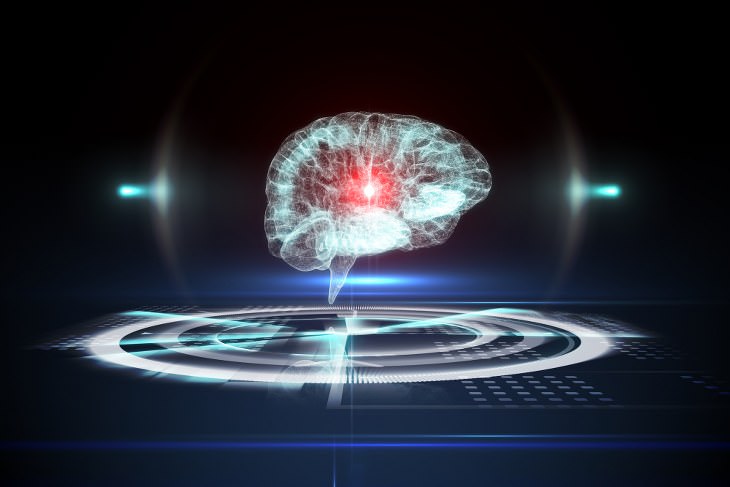

The researchers discovered that this stress, known as cellular senescence, is linked to dangerous tau protein tangles that are a hallmark of 20 different brain conditions, including traumatic brain injury and dementia. The scientists identified senescent cells in postmortem brain tissue from sufferers of Alzheimer's. They then also discovered these cells in postmortem tissue from sufferers of progressive supranuclear palsy, another kind of brain disease.
While cellular senescence does not outright kill the cell, it may cause it to become zombie-like, altering its functions and killing surrounding cells. According to a study, senior author Miranda E. Orr, Ph.D. says, "when cells enter this stage, they change their genetic programming and become pro-inflammatory and toxic."
The team used a number of different types of medication to clear senescent cells out from the brains of 4 types of middle-aged Alzheimer's mice. The most effective 2 were quercetin, a natural flavonoid compound, and dasatinib, a chemotherapy medication.

Very promising results were seen after 3 months of treatment. "The mice were 20 months old and had advanced brain disease when we started the therapy," according to Dr. Orr. "After clearing the senescent cells, we saw improvements in brain structure and function. This was observed in brain MRI studies (magnetic resonance imaging) and postmortem histology studies of cell structure. The treatment seems to have stopped the disease in its tracks."
Nicolas Musi, M.D., who is one of the study's primary authors said that "the fact we were able to treat very old mice and see improvement gives us hope that this treatment might work in human patients even after they exhibit symptoms of a brain disease." This is because when testing cures for Alzheimer's, therapy usually only works if mice are treated prior to the disease's onset.
In Alzheimer's disease, the sufferer's brain tissue accumulates tangles of tau protein, in addition to another protein deposit known as amyloid beta plaque. The researchers discovered that it is tau accumulation that is responsible for cell senescence. The team compared Alzheimer's mice that had only amyloid beta plaques with mice that had only tau tangles. They found that senescence only took place in those mice that had tau tangles.

Amazingly, the combination of drugs administered did not merely decrease the occurrence of cell senescence, but also the tau tangles themselves. "When we looked at their brains three months later, we found that the brains had deteriorated less than mice that received placebo control treatment," Dr. Orr said. "We don't think brain cells actually grew back, but there was less loss of neurons, less brain ventricle enlargement, improved cerebral blood flow and a decrease in the tau tangles. These drugs were able to clear the tau pathology."
According to Dr. Musi, "this is the first of what we anticipate will be many studies to better understand this process," and that since "these drugs are approved for other uses in humans, we think a logical next step would be to start pilot studies in people."
Some great news is that these drugs are designed to only target and kill senescent cells and nothing else. What's more, due to their short half-life, they quickly disappear from the body and are not known to cause any negative side effects. Of course, human dosage and frequency will still need to be determined through clinical trials.

Dasatinib is an oral medication with which the mice were treated only once a fortnight. "So in the three months of treatment, they only received the drug six times," Dr. Orr claimed. "The drug goes in, does its job and is cleared. Senescent cells come back with time, but we expect that it would be possible to take the drug again and be cleared out again. That's a huge benefit - it wouldn't be a drug that people would have to take every day."
The next step for the researchers will be to work out whether cell senescence is a part of traumatic brain injury, too. According to Dr. Orr, TBI is a brain injury which also causes an accumulation of tau proteins, and is a significant cause of disability for military personnel and many others.